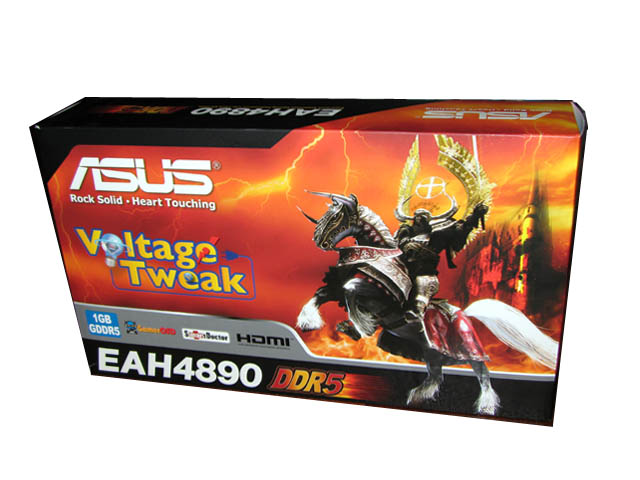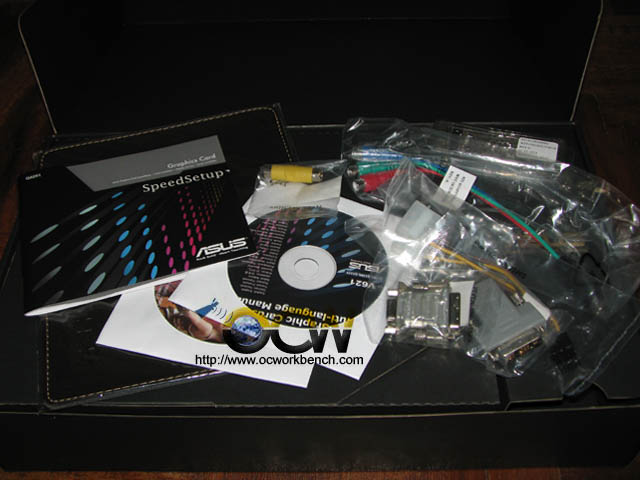|
| |
Review Introduction to ASUS EAH4890/HTDI/1GD5
AMD Radeon HD 4890 graphics card
Bluetooth 21 Apr 2009
Introduction
With so many makes and models of graphics
cards, which one does it fit your budget? Today, we take a look at the highest
single core graphics card from AMD. This new AMD Radeon HD 4890 is basically
AMD's answer to the NVIDIA's GTS 260 and the recently released nVidia Geforce
GTX 275. Nowadays, it is not only performance, pricing must be factored in when
purchasing a card that offers better price/performance ratio. The ASUS EAH4890
based on the reference design should be something that most would consider as it
offers support of LCD display at resolutions of 2560 x 1600.
If you have been using a Radeon HD 4870, the Radeon HD 4890 is merely an
improved version of the 4870. They are both based on the same RV790. The core
and memory clocks are increased. They all have the same microarchiteture and
have 800 stream processing units, both are built on a 55nm process, both have
256-bit memory interfaces and both use GDDR5 memory. The difference you could
find is the power design which looks different from the 4870.
The ASUS EAH4890/HTDI/1GD5 is a 1GB GDDR5 card based on the reference design. It
is PCIe 2.0 compliant and supportsATI CrossfireX, HDCP, DX10.1, SM4.1, and
Unified Video Decoder 2 for HD content decoding. It clocks at the default 850MHz
core and memory at 975MHz.
One thing unique about this ASUS card is that it comes
bundled with a software known as SmartDoctor. It allows you to bump the default
voltage of 1.312v to go as high as 1.45v. With this increase in voltage, GPU
Core could be increased. Overclocking can be done within the software.
Alternatively, you can use ATi's own CCC to do that (no voltage control option).

Package Box

Other than the graphics card, the package comes with a
DVI-HDMI, DVI-DSUB converter, component video cable, 6 pin to 8pin connector, CD and Manual
Discuss in Forum
Next >>>
| |
|